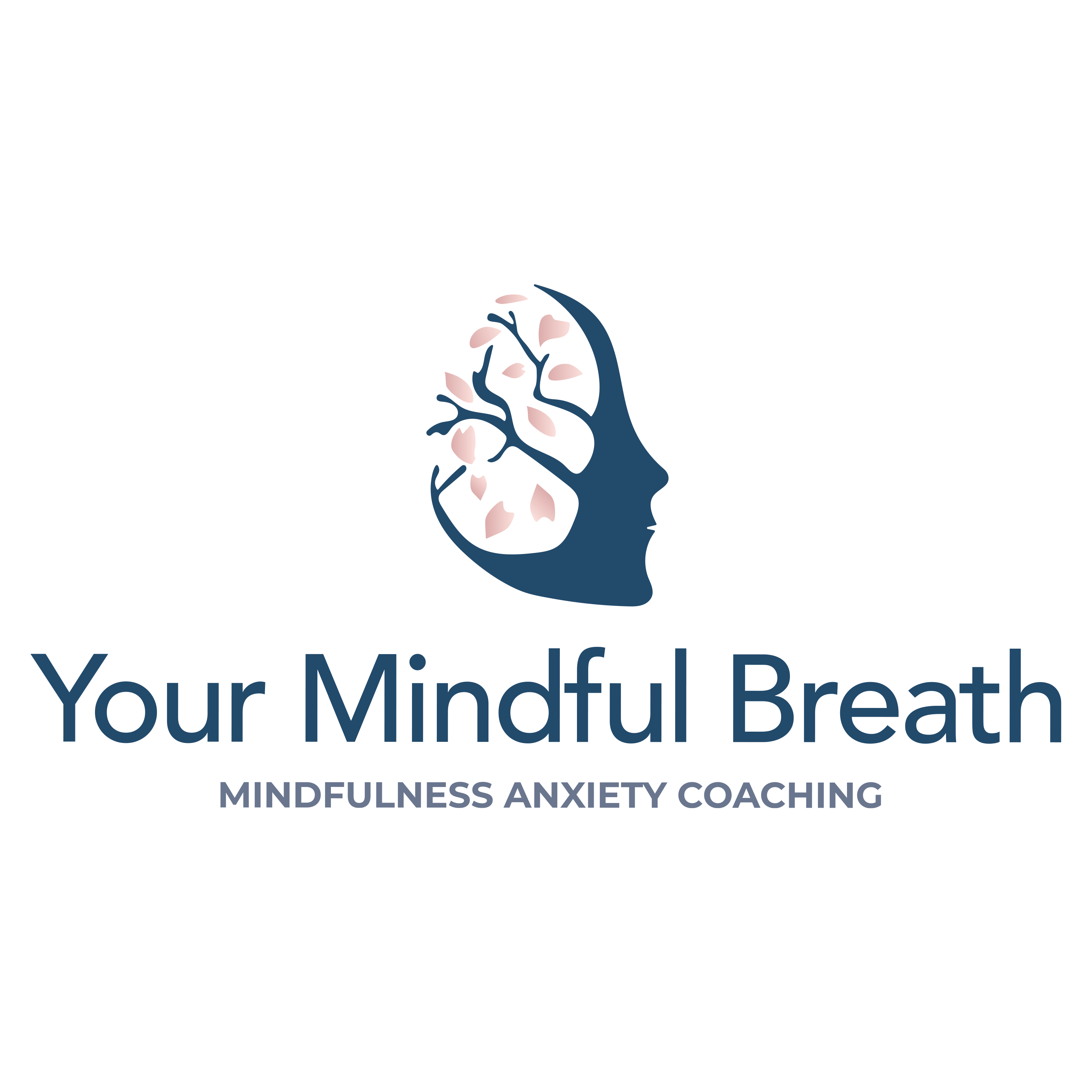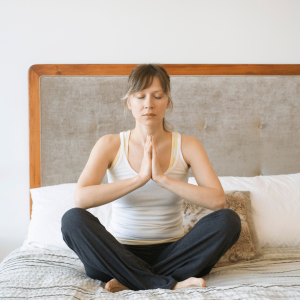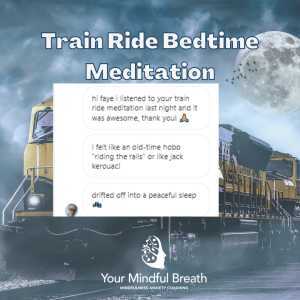Are you struggling to get a good night’s sleep?
According to the National Sleep Foundation, 1 in 3 American adults don’t get enough sleep. And for women, that number is even higher.
There are a lot of factors that can contribute to poor sleep, but one of the main culprits is anxiety.
When we’re anxious, our bodies produce more of the stress hormone cortisol. This can make it difficult to fall asleep and stay asleep throughout the night.
But there’s good news! There are some simple things you can do to ease your anxiety and improve your sleep. One of them is mindfulness meditation. Mindfulness meditation has been shown to help reduce anxiety and improve sleep quality.
What the Research Says
JAMA Internal Medicine published a study, which included 49 adults who were having difficulties in sleeping. Half of them were taught mindfulness meditation that were designed to keep them focused on the present, and the other half were given a sleep education class to teach them how to improve their sleep habits.
Each group met once a week for two hours over 6 weeks, and at the end of the trial, the meditation group was experiencing less insomnia, depression, and fatigue.
Mindfulness meditation involves taking time out to become aware of your thoughts, feelings, and physical body. The intent is to become aware of the present, instead of analyzing the past and worrying about the future.
Berkeley Education shows the many health benefits that are associated with mindfulness, with one being improved sleep patterns.
While it is used in combination with cognitive behavioral therapy, you do not need a professional to start being mindful.
Tips to starting Mindfulness Meditation
Here’s a quick mindfulness exercise you can start right before bed.
Ideally, you will be seated with your back straight, and focus on your breathing, and allowing each thought to pass without judgement. When your mind wanders, you bring it back to the present.
The entire process can really be broken down to two tips, which might make it seem less daunting if you are interested in starting out.
Tip 1: Focus on Your Breath
When you start the mindfulness meditation you focus on your breathing, it may be easier when you’re starting out to choose a word or sound to help you with your focus.
You might focus on the sound of the breath going in and out of the nose or perhaps you hear the gentle hum of the air conditioner or heater. This will make it easier to focus your attention on your breathing as you settle into your meditation.
Tip 2: Thinking Mind
When your mind begins to wander to different things about the things to do tomorrow or the things that have already happened tonight, gently acknowledge that you are thinking. You might even bring to the mind the word “thinking” whenever this happens.
Then, imagine that thought gently floating towards the sky. Place the thought on a cloud and gently observe it floating by like clouds do. Then, gently, and kindly return to the present moment by returning to your breath.
You can practice your breathing while lying in bed, too. As you breathe, imagine it came from a great distance, and every time you exhale, you are blowing it back to that place.
Concentrate on the abdomen rising and falling, and explore each sight, sound, and sensation as you draw air in and expel it. If your mind wanders refocus on your breathing. Acknowledge each thought and let it pass and allow yourself to sink deeper into your mattress as you drift off to sleep.
Guided Meditations to Try for Better Sleep
If you struggle with this by yourself, you can try practicing guided bedtime meditations.
Here’s an example of my latest guided meditation to help you drift off to sleep while on a sleepy train ride.
See my latest review on this meditation.
And if you do try it out, definitely send me a message letting me know how it went for you! I always love hearing from our community!!
Additionally, you can try the body scan method if you’d like a little more activity before winding down for bed. Imagine your brain has left your body and is travelling throughout your body, right to your feet. Tighten and relax your toe and foot muscles. Work up to your calves, knees, and thighs, stop in each place to tense and relax. Do the same as your work your way up your entire body. Your limbs should start to feel heavy as they sink into the mattress.
Here’s a video recording of my last progressive muscle relaxation meditation. The beginning starts with a few gentle stretches which you could also do either sitting or lying down in bed! Then, enjoy going through the different parts of the body to tense and relax them.
If you’re struggling from anxiety at night before bed, mindfulness meditation may be a good solution for you. Mindfulness meditation can help reduce insomnia, anxiety, and fatigue. It can also help improve your mood and increase your focus during the day.
The best part is that you can start your mindfulness practice today with just a few minutes at a time. If you want more tips to easing insomnia if you have anxiety or stress, join my Group, A Pathway to Peace.
I would love to chat with you about how to start or improve your own mindfulness meditation practice.





